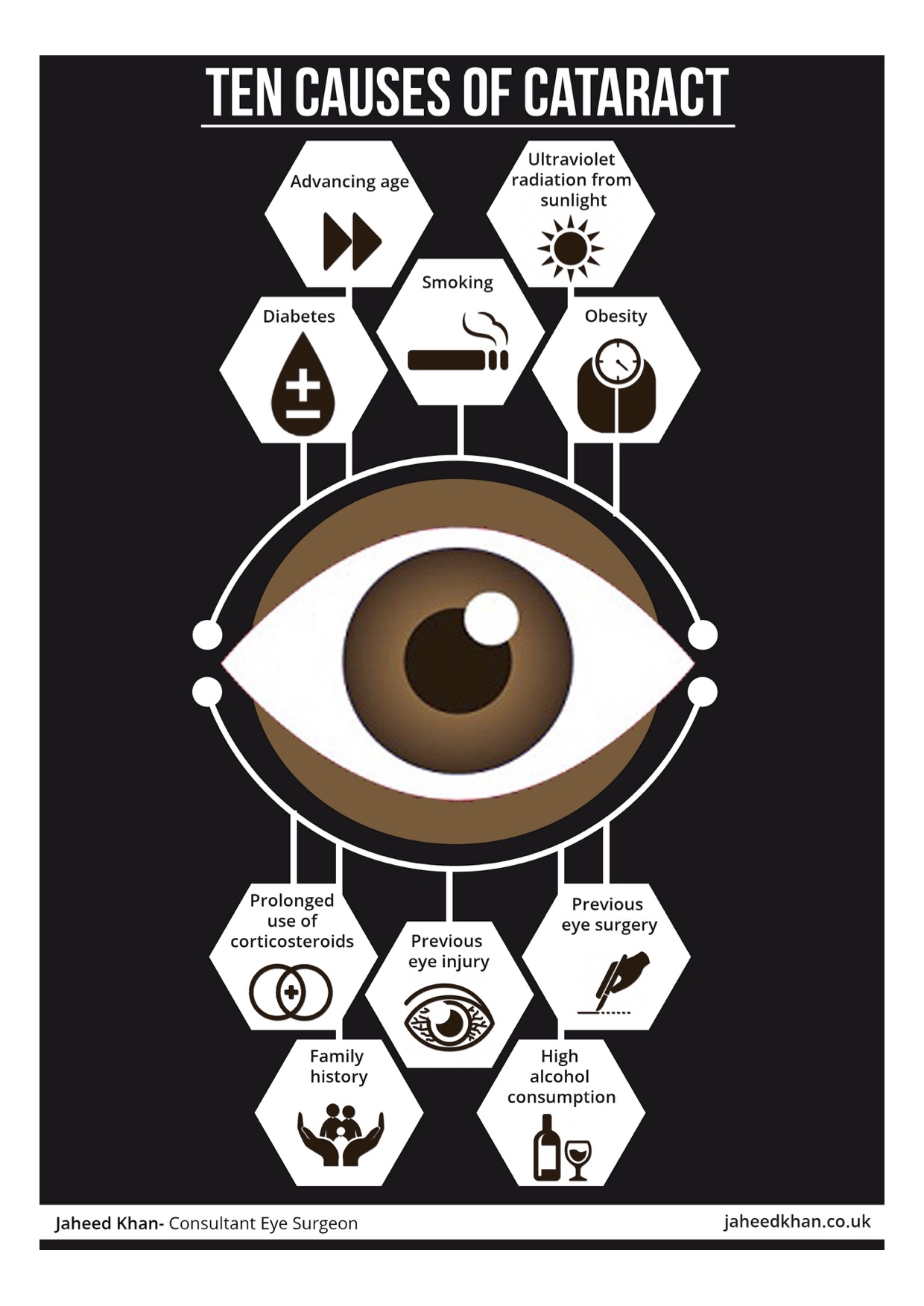What Are The Differences And Resemblances In Between SMILE Eye Surgical Treatment And LASIK And PRK?
What Are The Differences And Resemblances In Between SMILE Eye Surgical Treatment And LASIK And PRK?
Blog Article
Uploaded By-Fischer Copeland
If you have actually been taking into consideration SMILE eye surgical procedure, you could question how it compares to LASIK and PRK. Each procedure has its very own collection of benefits and considerations. From quicker recovery times to potential risks, there are crucial distinctions you ought to be aware of prior to making a decision. Comprehending these differences will certainly aid you make an enlightened selection that aligns with your particular demands and assumptions. Curious to know more concerning exactly how these procedures contrast in detail? Keep checking out to acquire an extensive understanding of SMILE, LASIK, and PRK.
SMILE Eye Surgical Treatment Summary
If you're taking into consideration SMILE eye surgical procedure, you'll find it to be a minimally invasive treatment with a fast healing time. Throughout SMILE (Little Cut Lenticule Extraction), a laser is utilized to create a small, accurate incision in the cornea to remove a small item of tissue, improving it to correct your vision. This varies from LASIK, where a flap is created, and PRK, where the external layer of the cornea is completely removed.
One of the key advantages of SMILE is its minimally invasive nature, bring about a faster recovery process and much less pain post-surgery. The recovery time for SMILE is relatively quick, with many people experiencing improved vision within a day or more. This makes it a prominent selection for those looking for a practical and effective vision adjustment procedure. Furthermore, SMILE has actually been revealed to have a reduced risk of completely dry eye syndrome contrasted to LASIK, making it a favorable option for people worried concerning this prospective side effect.
Distinctions In Between SMILE, LASIK, and PRK
When comparing SMILE, LASIK, and PRK eye surgeries, it's important to comprehend the unique strategies used in each procedure for vision correction.
SMILE (Small Cut Lenticule Removal) is a minimally intrusive treatment that entails creating a little incision to remove a lenticule from the cornea, improving it to remedy vision.
LASIK (Laser-Assisted Sitting Keratomileusis) entails creating a slim flap on the cornea, using a laser to reshape the underlying cells, and after that repositioning the flap.
PRK (Photorefractive Keratectomy) gets rid of the external layer of the cornea before improving the tissue with a laser.
The major distinction lies in the way the cornea is accessed and dealt with. SMILE is flapless, making it a great choice for individuals with thin corneas or those involved in get in touch with sports. LASIK offers rapid aesthetic recovery as a result of the flap production, yet it may posture a greater threat of flap-related complications. PRK, although having a much longer recuperation duration, prevents flap-related issues altogether.
Recognizing these variances is critical in choosing the most suitable procedure for your vision adjustment requirements.
Benefits And Drawbacks Contrast
To review the advantages and downsides of SMILE, LASIK, and PRK eye surgeries, it's necessary to think about the specific benefits and potential restrictions of each procedure. SMILE surgical procedure supplies the advantage of a minimally intrusive treatment, with a smaller sized laceration and potentially quicker healing time compared to LASIK and PRK. It additionally lowers the threat of completely dry eye post-surgery, a common negative effects of LASIK. Nonetheless, SMILE might have limitations in dealing with greater degrees of myopia or astigmatism contrasted to LASIK.
LASIK surgery gives quick aesthetic recuperation and minimal discomfort during the procedure. It's very efficient in dealing with a variety of refractive errors, including nearsightedness, hyperopia, and astigmatism. Yet, just click the next article brings a threat of flap difficulties, which can affect the corneal framework.
PRK eye surgical treatment, while not as preferred as LASIK, stays clear of producing a corneal flap, reducing the risk of flap-related complications. It's suitable for people with thin corneas or uneven corneal surface areas. However, PRK has a longer recuperation time and may include a lot more pain throughout the healing procedure.
cataract surgery does what , when it concerns picking in between SMILE, LASIK, and PRK, think about it like selecting the excellent pair of footwear. SMILE is like a streamlined, comfortable pair of tennis shoes - fast and very easy.
LASIK is extra like fashionable high heels - flashy and quick, yet with some potential risks.
PRK is like sturdy hiking boots - reliable and sturdy, yet needing a bit even more time and effort.
Eventually, the best selection depends upon your private requirements and choices.
